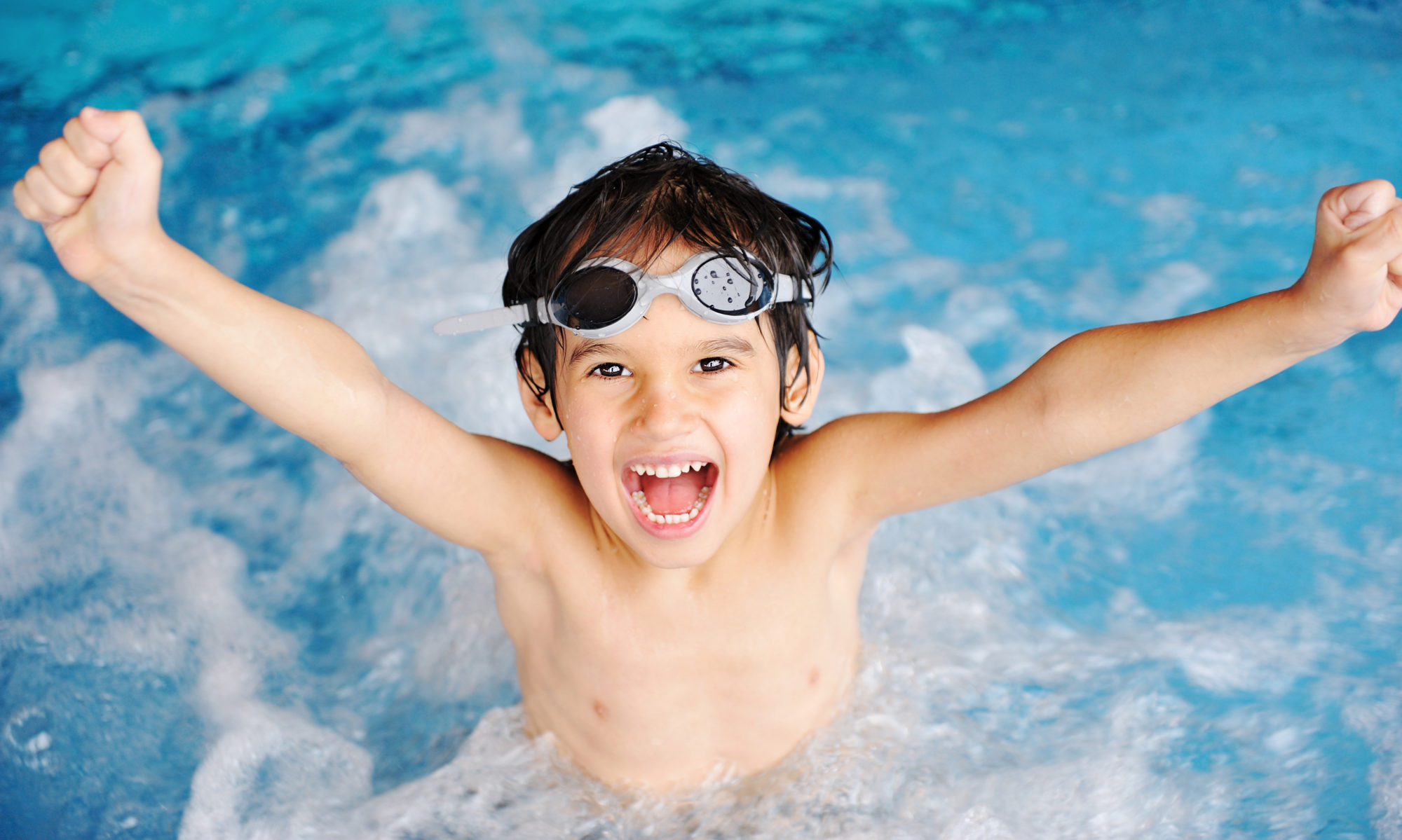Great teachers have fabulous insights into how kids think and feel, deep creative reservoirs to draw from when they plan lessons, keen instincts for interacting with kids and modifying lessons on the fly to make the most of each teachable moment, and years of experience. As your child’s first teacher, you’ve already got these insights, creative reservoirs, instincts, and experience. You can make the most of your experience teaching your child to swim by honing and expanding on what you’ve already got. But how?
Understanding
You already know your kids better than their other teachers ever will. If you’ve read the posts about how kids’ bodies make a difference in how they learn to swim, about kids’ sensory experiences of the water, about kids’ feelings and motivation, and about how they perceive success, you’ve already heightened your insights into how kids think and feel when it comes to learning to swim. In future posts, I’ll be addressing kids’ developmental levels at different ages. Understanding how kids respond to the stress of learning to swim will help you teach them to swim.
Creativity
Every Friday, I’ll post ideas for plumbing the depths of your creative well (and lots of ideas for when you feel like your well has run dry). You already have experience working with, playing with, and teaching your child.
Fundamentals
Here’s where experienced teachers have an advantage. They know how to structure lessons, interact with kids to optimize how those lessons work, and adapt when there’s an opportunity to get more out of a lesson. That’s what I’ll be addressing in next week’s posts.
You can teach your child to be water safe in a way that’s fun for your kids and for you and intuitive for your kids. In order to do it, you need to create an atmosphere that makes it easy to teach and easy to learn. You need to use a teaching style that supports that atmosphere. You need to structure lessons in a way that helps your child learn. You need to be attuned to your child. You need to make the most of your time in the water. You can also bring the lessons out of the pool in ways that a hired swimming teacher can’t.
Next week, I’ll start by diving into how to create a great atmosphere for teaching your kids to swim. Tomorrow’s Friday, though, and that means I’ll take a break to give you some ideas for play. Happy splashing!
